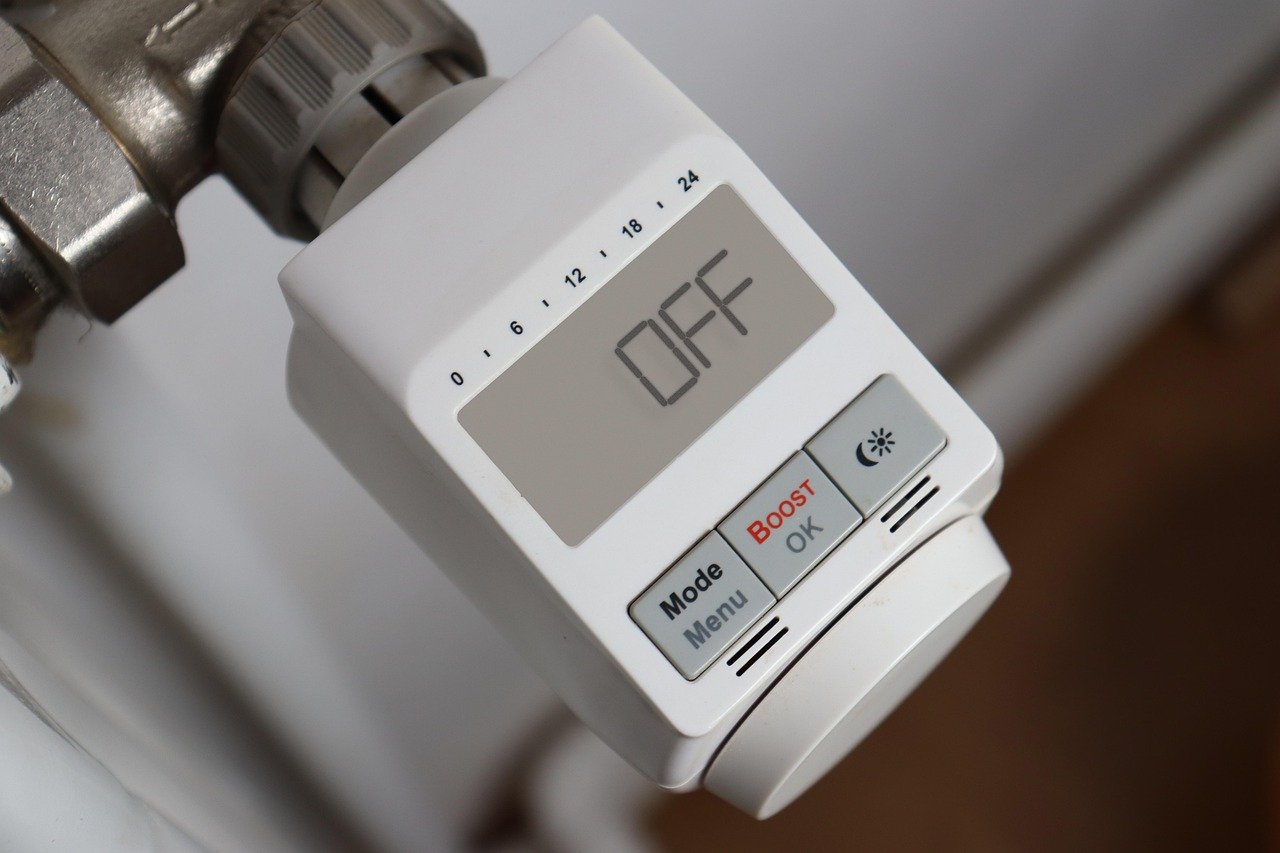Pros and Cons of Underfloor Heating vs. Traditional Radiators
When planning a heating system for a residential or commercial property, choosing between underfloor heating and traditional radiators presents a key decision. Both systems offer their own unique set of advantages and limitations, influencing not only thermal comfort but also interior design, energy consumption, and installation costs. Understanding the differences between these solutions is crucial for informed decision-making, particularly in the context of modern energy efficiency standards and lifestyle preferences.
Benefits of Underfloor Heating
Underfloor heating provides a consistent and evenly distributed warmth throughout a space, generating heat from the floor up and eliminating the issue of cold spots. This system operates by circulating warm water through a network of pipes (wet systems) or using electric heating mats (dry systems) embedded beneath the flooring. One of its major benefits is the feeling of luxurious comfort underfoot, particularly attractive in colder climates and rooms like bathrooms or kitchens.
An added advantage lies in its aesthetic and spatial benefits. Because the system is concealed beneath the floor, there is no need for visible radiators, offering complete freedom in interior design and layout. This can be particularly beneficial for minimalist or modern interiors where wall space is valuable. Moreover, underfloor heating systems typically operate at lower temperatures than radiators, which can contribute to greater long-term energy savings and compatibility with renewable heat sources such as heat pumps.
Advantages of Traditional Radiators
Traditional radiators have been a reliable feature in domestic and commercial heating for decades. Their main strength lies in ease of installation and quick heat-up times, making them ideal for existing properties or renovations where underfloor heating may pose a challenge. Radiators come in various shapes, sizes, and materials, allowing them to fit seamlessly into both classic and contemporary interiors.
When planning construction projects, including heating systems, accurate budgeting is essential. For those managing or designing heating installations, professional cost estimation becomes crucial. That’s where estimedes.co.uk/en comes in. The company offers professional estimating services for construction projects, allowing planners, designers, and contractors to manage costs effectively from the early design stages. Whether you’re deciding on radiators or floor heating, precise estimates can guide material choices, system scale, and future maintenance planning.
Fast installation in existing homes
Lower upfront cost than underfloor systems
Efficient in small or high-heat-demand rooms
Energy Efficiency Comparison
From an energy efficiency standpoint, underfloor heating has a clear advantage when paired with modern insulation and renewable energy sources. Since the system distributes heat evenly and works at lower operating temperatures, it reduces overall energy consumption over time. Underfloor heating can also be zoned easily, allowing different rooms to be heated only when necessary, minimizing heat loss.
Radiators, by contrast, typically work at higher temperatures (65–75°C compared to 27–29°C for floor systems) and project heat around a confined space. This often leads to thermal stratification, where hot air rises and collects near the ceiling, requiring more energy to maintain comfort levels. However, in poorly insulated homes or cases where rapid heating is needed, radiators may still deliver more responsive performance in the short term.
See Also: Cosmetic Surgery Prices and Plastic Surgery Price: What You Should Know in 2025
Installation and Maintenance Considerations
One of the key challenges of underfloor heating is the complexity of installation, especially in retrofit projects. Installing wet systems often involves lifting floors and laying a network of pipes, which can be time-consuming and costly. Dry systems are less invasive but may not be suitable for all flooring types. Once installed, however, these systems require little maintenance and are very durable, often coming with guarantees exceeding 25 years.
Radiators score favorably in terms of installation ease. In most cases, they can be added or replaced without extensive structural work. Maintenance is also straightforward—primarily involving bleeding, occasional system flushing, and valve replacement. Additionally, materials like stainless steel or aluminum radiators can offer long service lifespans with minimal care.
See Also: How to Incorporate Earthing into Your Daily Routine
Cost Analysis: Underfloor Heating vs. Radiators
Initial costs are typically higher for underfloor heating, particularly with hydronic systems that require a boiler, manifolds, and extensive labor. However, this upfront investment may be offset by lower long-term operational costs, especially when combined with sustainable energy sources. The energy efficiency and minimal maintenance contribute to ongoing savings, making underfloor heating appealing for new builds or major renovations.
Conversely, traditional radiators are more budget-friendly at the purchase and installation stages. They remain a popular choice for homeowners looking for an affordable solution, especially in existing properties where excavation or structural work is undesirable. However, long-term energy costs may be higher due to their less efficient thermal output and faster cooling rate once the system is turned off, leading to increased heating durations in colder seasons.
Both systems carry distinct advantages and disadvantages based on the scope of the project, energy goals, and budget allowances. Whether selecting underfloor heating for its efficiency and design versatility or choosing radiators for rapid installation and lower cost, project planners can benefit significantly from expert consultation and cost planning tools available at estimedes.co.uk/en.




